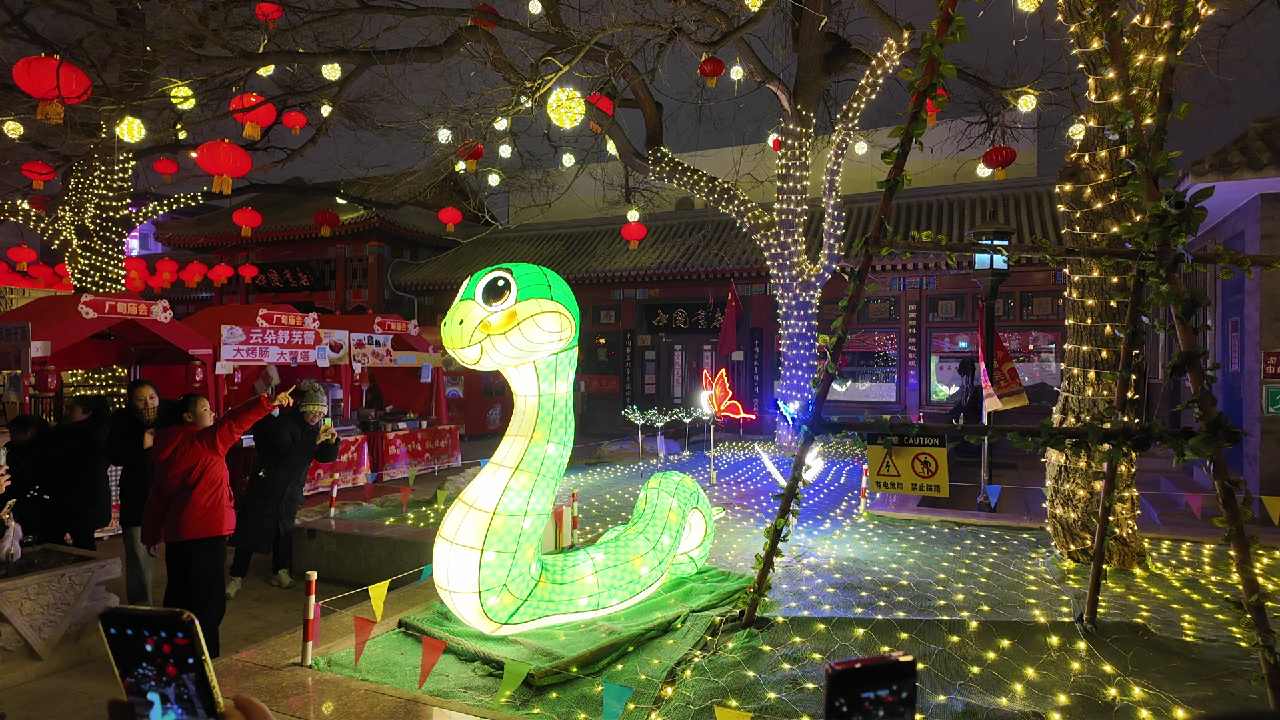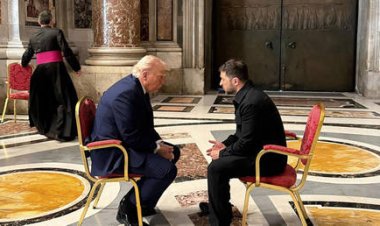An expat's initial encounter with Beijing temple fairs and robots: Culture
Explore the unique blend of culture and technology through the lens of an expatriate's first experience at a temple fair in Beijing. This article delves into the vibrant atmosphere of the event, highlighting the fascinating interactions between traditional customs and modern robotic innovations. Join the author as they reflect on the sights, sounds, and cultural significance of this lively celebration, offering readers an insightful perspective on how robots and enduring traditions coexist in contemporary Chinese society.

Relocating to Beijing just before the Chinese New Year has turned out to be an unexpected delight. While we were aware of the vibrancy and significance of this holiday—having heard that it is recognized by UNESCO as an intangible cultural heritage of humanity—the reality of experiencing the festivities firsthand has been nothing short of transformative. In particular, participating in Beijing's famous Spring Festival temple fairs has been a highlight.
On our first opportunity this past Saturday, we aimed to make the most of the day by merging our weekly shopping routine with visits to two unique temple fairs. The second stop was the traditional fair on the renowned Liulichang Cultural Street, while the first was an innovative AI and robotics-themed fair in Wukesong.
With excitement building and curiosity about what to expect, we made our way via subway to our first destination, arriving while there was still a good amount of daylight, despite the overcast sky. The venue featured a mix of outdoor and indoor shopping areas, and it was easy to locate the special Chinese New Year attractions. One of our first experiences at the robot temple fair was thoroughly enjoyable: we arrived just in time for a robot football match! The match featured two remote-controlled robots on each side of a makeshift futsal pitch. The child-sized robots energetically maneuvered to kick the ball, tackle, and even score goals. Each time the net bulged, the crowd erupted in cheers, clearly delighted by this imaginative take on the world’s most popular sport.
Beyond the sports arena, we found that the excitement didn't end there. In the next atrium, a concert was underway featuring robots playing instruments instead of a "traditional" rock band. This mechanical "Metallica" strummed the guitars and pounded the drums to the delight of onlookers.
Robotic attractions were prevalent throughout the expansive six-story mall. In the food court, there were long lines for robot-served ice cream and fruit cocktails mixed by robotic bartenders. The longest line, however, was for watching a robo-arm expertly fry up french fries. Children were especially captivated, participating in robo-battle and basketball games. As we interspersed our shopping at popular brand stores with visits to various robot kiosks, we encountered crowds gathered around the most lifelike robots alongside their more traditional RoboCop-like counterparts. It was an astonishing introduction to the future, wrapped in a festive, community-focused atmosphere.
Feeling thrilled from our first experience and eager to reach our next destination before nightfall, we headed over to Liulichang. Upon arriving at Hepingmen subway station, the temple fair was impossible to miss. Large crowds were flocking toward the lantern-lit streets, many returning after clearly having enjoyed a wonderful day. We entered West Street, immediately welcomed by hanging rows of red lanterns and a charming "Year of the Snake" installation in a small square. The area was bustling with stalls selling an array of delectable food. From spun sugar candies shaped like animals to tanghulu, sizzling sausages, and traditional plum-infused drinks, the enticing aromas wafted over the street, providing warmth on a chilly evening.
This Chinese New Year marks the Year of the Snake, aptly represented at the Liulichang Temple Fair. As we walked further, the number and creativity of lanterns overhead increased, and the intricate facades of the surrounding hutongs became grander. We discovered stalls selling hand-held windmill fans that made cheerful clicking sounds when waved, as well as brightly lit headdresses. Stepping a little deeper into the street, we quickly understood why this area is a cultural hub. Liulichang is home to numerous art studios showcasing traditional paintings, scrolls, calligraphy, and a myriad of artifacts and decorations. The vendors were warm and welcoming, allowing us to capture photographs of stunning landscapes and the occasional lounging house cat.
Not initially planning to purchase anything, I found myself buying a small piece of artwork after the artist kindly offered to lower the price. As we made our way back to our apartment, pausing to snap photos and selfies, we felt a sense of happiness carrying a small but meaningful memento of our first Spring Festival in Beijing—an object that symbolizes a treasured aspect of humanity's cultural heritage.
Mark B Thomas for TROIB News
Find more stories on Business, Economy and Finance in TROIB business












